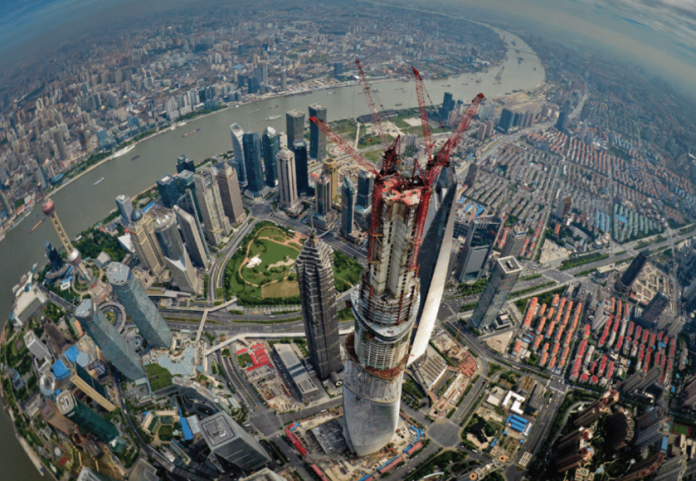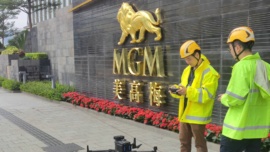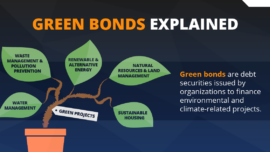Assemble 20 Nobel Prize winners plus 50 economics journalists/analysts and 100 fund managers to answer this fundamental question: where will the next global financial crisis start? The overwhelming majority will answer: China.
“China is probably the place most at risk of having a significant downturn in the near term. It’s certainly the leading candidate for being at the centre of the next big financial crisis,” believes Kenneth Rogoff, Professor of Public Policy at Harvard University.
“I have great respect for the Chinese authorities and they are working very hard to not have a financial crisis. Also, it will be different because there is no truly private company in China. So, government guarantees are triggered much more quickly than they are in the Western economy. Nevertheless, I still think that’s the most fragile large region in the world at the moment. The big problem is that the Chinese economy is still very imbalanced, relying much too heavily upon investment and exports. In addition to that, China is very credit dependent,” says the co-author of the book This Time is Different: Eight Centuries of Financial Folly.
An important data for reflection: some of the elements presented to this hypothetical panel would be Chinese, since from China there have been voices warning of the risks of a crisis already.
Fang Xinghai, Deputy Chief of the China Securities Regulatory Commission, is one of them: “We have too much debt in our system. If something bad happens, we have learned from the U.S. financial crisis, and we will move very swiftly to contain the risk so that panic caused by a small institution [failing] does not spread.”
Fang also stated that the country’s debt is not an “impossible black swan” but a “grey rhinoceros” that everyone sees but no-one dare approach.
Two finance professors from Chinese universities – Andrew Sheng and Xiao Geng – identify the main risks facing China, from “structural imbalances” to two types of cyclical macroeconomic risks: “The first risk stems from the business cycles in advanced, market-based economies, where interest rates, inflation rates, and growth rates rise and fall together. The second type of risk reflects the cycle experienced in underdeveloped, non-market-based economies as they make the transition to a market-oriented economy.”
 “China is probably the place most at risk of having a significant downturn in the near term” – Kenneth Rogoff
“China is probably the place most at risk of having a significant downturn in the near term” – Kenneth Rogoff
From Deutsche Bank’s warning (‘Global Financial Crash Inevitable if Chinese Credit Bubble Bursts’), from indicators compiled by the Bank for International Settlements (‘China Banking Crisis Warning Signal Still Flashing’) to IMF Director-General Christine Lagarde’s statements (“The medium-term risk has increased, especially as a result of the accelerated growth in lending. We need to focus more on quality and stability of growth, than on quantity”) there is no shortage of alerts.
Thus, the next crisis is expected to come from China. But when?
World’s largest by 2030
The same International Monetary Fund that has successively alerted us to the problems of the Chinese economy is also the one that says China could overtake the US to become the world’s largest economy by 2030 with an annual GDP of around US$25 trillion, even in the event of a marked slowdown in growth, according to the latest annual assessment of China’s economy.
Another revered source, the OECD says that the weight of the Chinese economy in the world will increase until 2034, and then begin to taper, while India will increase its representation until at least 2060.
In 16 years, the Chinese economy will comprise 27.1 per cent of the gross domestic product added by member countries of the Organization for Economic Co-operation and Development (OECD) and the G20, states an OECD study. In 2005, it accounted for 12.5 per cent and currently stands at 23.9 per cent. The same study predicts that that percentage will begin to fall slightly, from 2034, and, in 2060, will settle at 26 per cent.
























